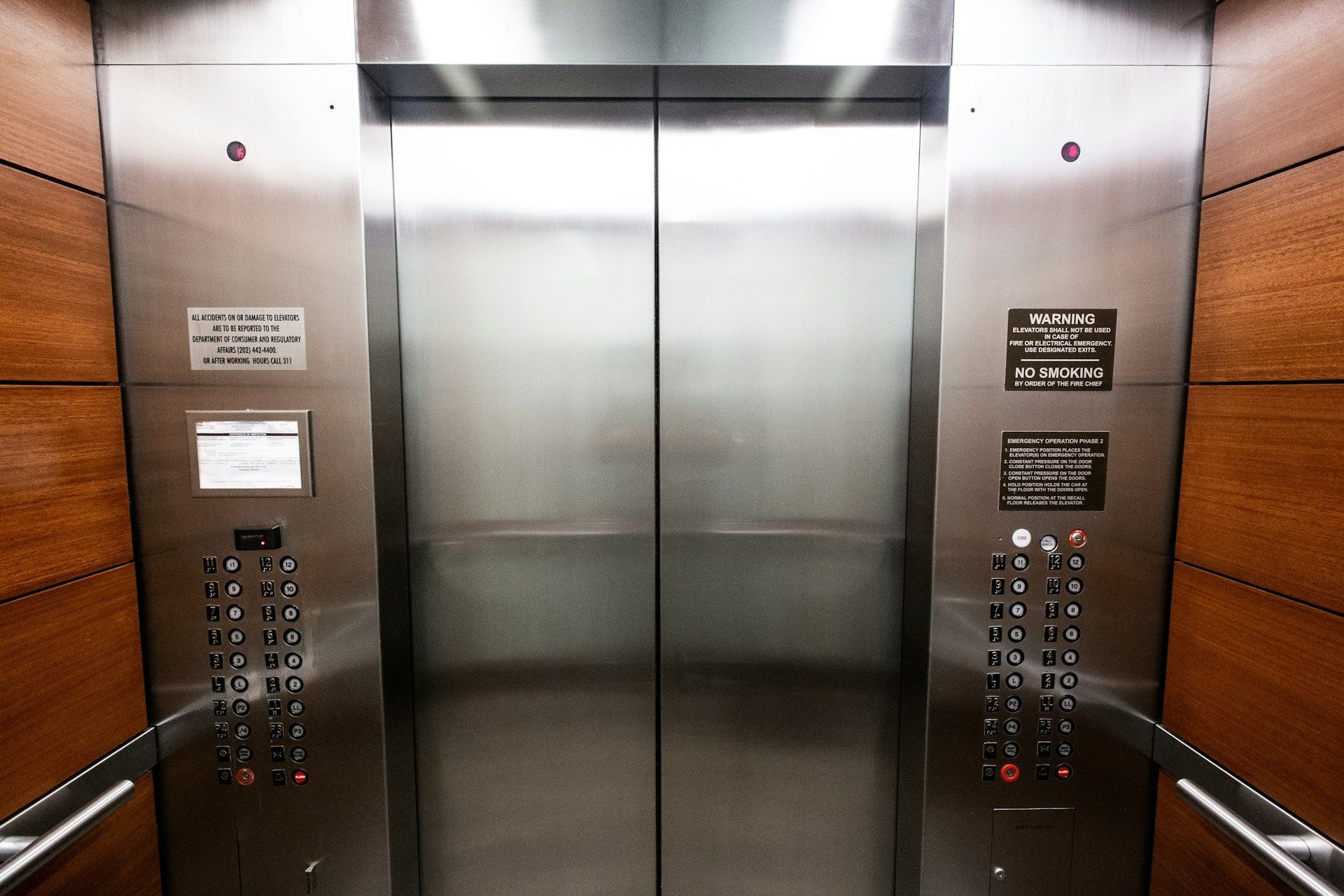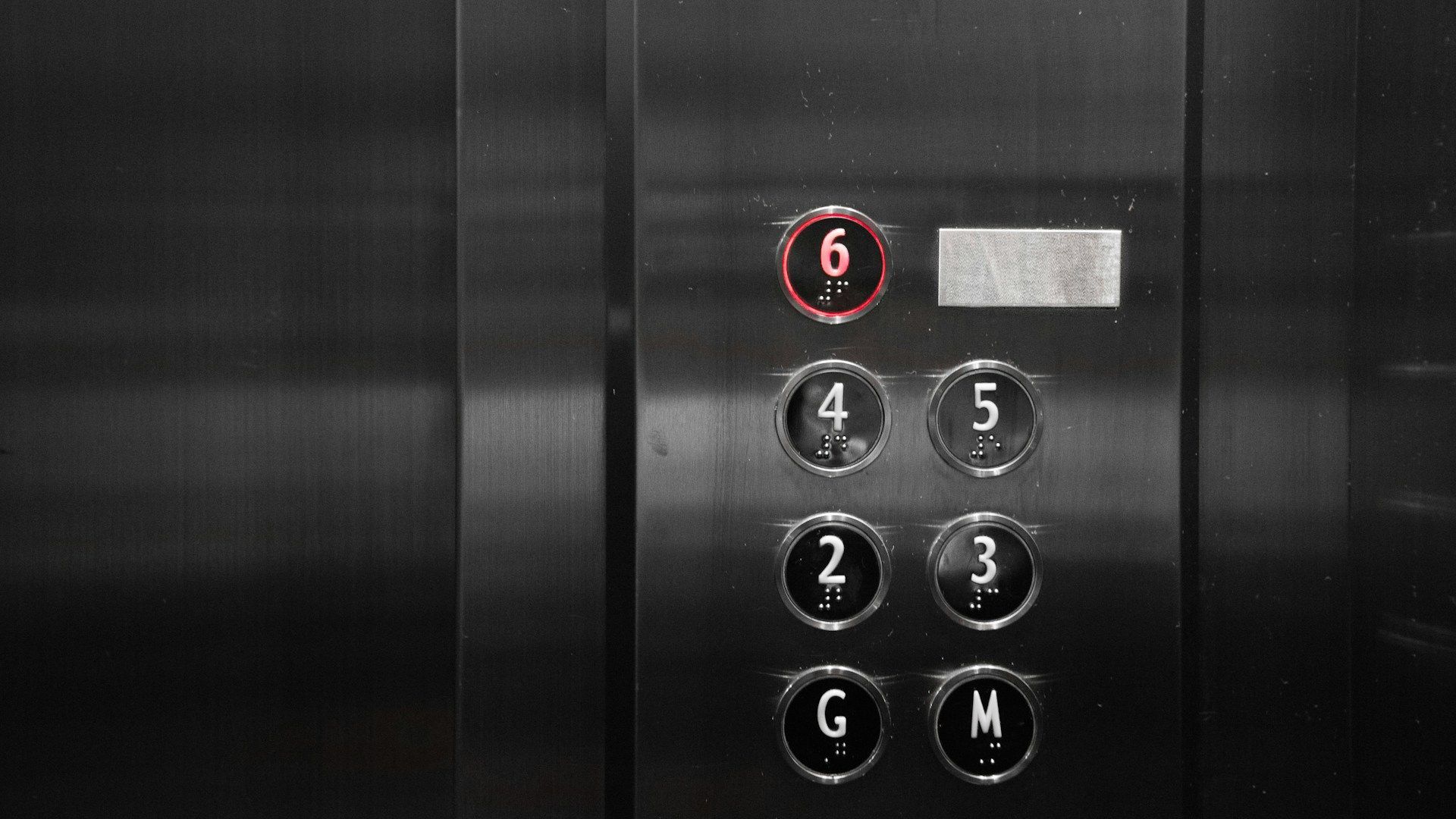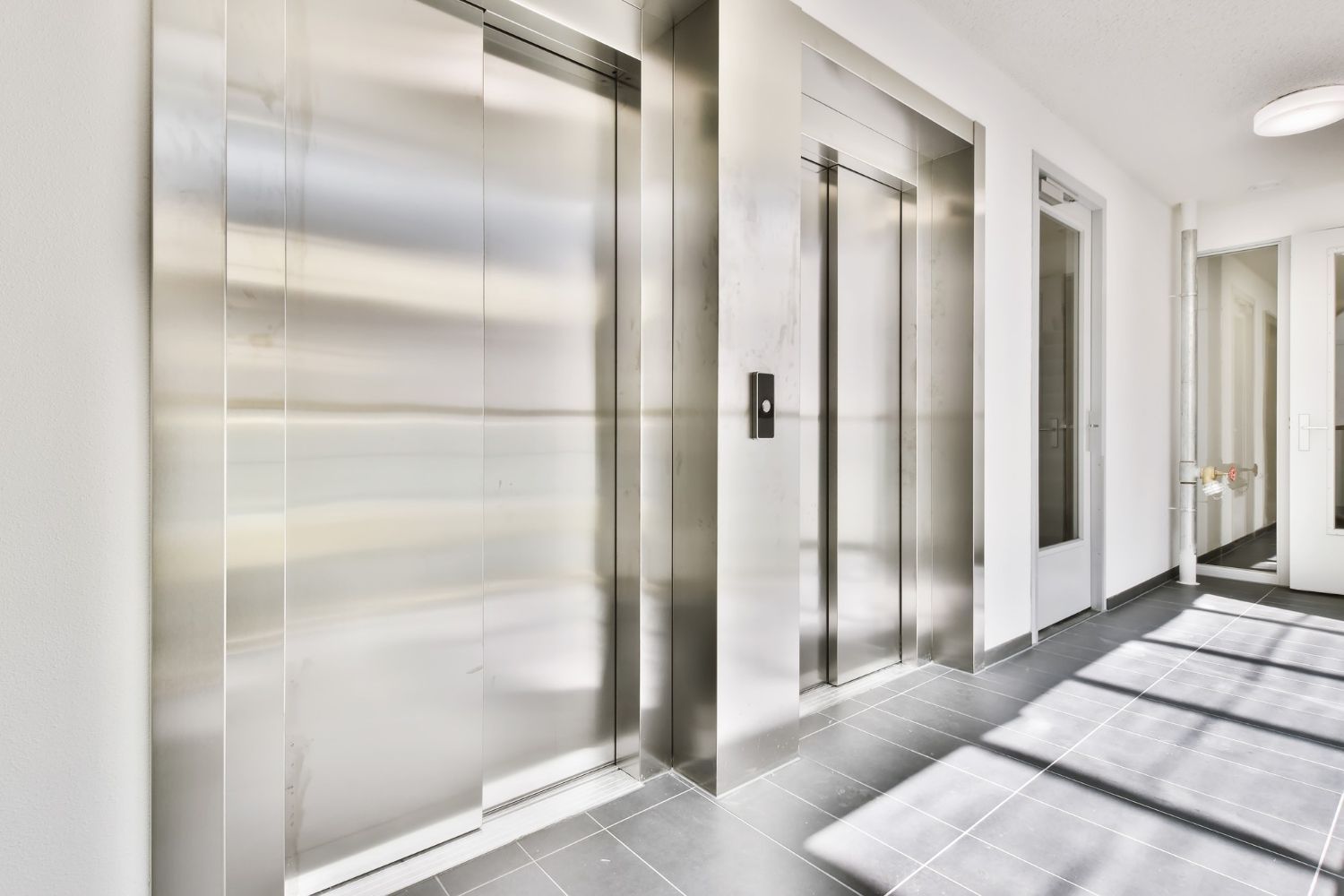Understanding Elevator Inspections: What to Expect
Elevator inspections are crucial for keeping everything safe and working smoothly. These regular checks help ensure each ride is as safe and reliable as the last. Without them, small problems can quickly turn into big headaches, risking safety and adding to repair costs.
A well-maintained elevator also means staying in line with legal and safety standards. Building owners and managers need to know what inspections cover and why they matter so much. By understanding the process, they can prepare for inspections confidently and handle any issues that come up. Regular inspections are the backbone of good elevator maintenance, making sure everything runs without a hitch.
Why Elevator Inspections Matter
Regular elevator inspections are essential for keeping systems safe and reliable. Elevators carry many people each day, and ensuring they function correctly is critical. By having routine checks, potential issues can be spotted early. An inspection helps find wear and tear that might otherwise go unnoticed until it causes a breakdown or safety hazard. This proactive approach minimizes risks and keeps maintenance costs low.
Inspections serve another important purpose: compliance with laws and safety standards. Many places have strict regulations about elevator operations. Missing inspections or neglecting to fix reported issues can lead to legal problems or even fines. By staying on top of scheduled inspections, building owners can avoid these problems and maintain a high standard of safety for everyone who uses the elevator.
Beyond compliance, inspections also support peace of mind. Knowing that each ride is backed by thorough safety checks means that tenants and visitors can feel confident in the elevator's performance. This assurance is valuable for maintaining a building’s reputation and keeping everyone secure. Investing time in regular elevator inspections is a smart, preventative measure that supports safety and operational efficiency.
Key Components Checked During Inspections
When inspectors examine an elevator, they focus on several key components. Each part of the system plays a crucial role in ensuring safe and efficient operation. During an inspection, these are the main areas they scrutinize:
1. Doors and Gates: Inspectors check for smooth operation and proper alignment. Sticky or slow doors can cause delays and represent safety risks.
2. Control Systems: They ensure that all electronic systems respond correctly to buttons and signals. Malfunctions in controls can lead to unexpected stops or start delays.
3. Cable and Ropes: These are inspected for wear and tension. Frayed or stretched cables need immediate attention to prevent failure.
4. Safety Mechanisms: Devices like brakes, emergency lighting, and alarms are tested to ensure they work during a crisis.
5. Hydraulic and Traction Systems: The power systems are checked for fluid leaks or unusual sounds that could indicate wear.
Through these thorough evaluations, inspectors can identify common issues like gear wear or inadequate lubrication. For example, if the cables show signs of wear, they might recommend replacement to prevent failures. Addressing such problems quickly ensures continued safety and avoids more significant repairs later.
An inspection report outlines these findings, helping building managers understand what's needed. By regularly checking and maintaining each component, the likelihood of unexpected breakdowns is reduced, keeping elevators running smoothly and safely.
How to Prepare for an Elevator Inspection
Preparing for an elevator inspection is essential to ensure the process goes smoothly and efficiently. For building managers, being proactive can save time and help prevent potential disruptions. One important step is checking past maintenance records. Keeping these records up-to-date provides inspectors with a clear history of any previous issues and repairs, making it easier to identify recurring problems.
Before the inspection, ensure the elevator area is clean and free from any obstructions. This allows inspectors to access all parts easily and conduct a thorough examination. Ensuring proper lighting in the elevator machinery room is also crucial to facilitate the process. Testing all emergency systems, like alarms and emergency stop buttons, before the inspection can help verify their functionality.
Communication with tenants and building occupants is also necessary. Inform them about the inspection schedule to minimize inconvenience and manage expectations about any potential delays or out-of-service times. This can be done through notices in visible areas or emails to residents, depending on the building’s communication preferences.
Preparation not only helps in passing the inspection but also fosters a safer environment by addressing possible defects beforehand. This routine ensures the elevator functions reliably, providing peace of mind to everyone in the building.
Understanding Inspection Reports
Once the inspection is complete, reviewing the inspection report becomes the next step. This document provides a detailed account of the findings and typically includes a checklist of what was inspected, any issues found, and recommended repairs. Each entry in the report plays a crucial role in understanding the health of the elevator system.
Building managers need to carefully interpret these findings. By focusing on the issues identified, they can decide what action needs to be taken. Items marked as urgent should be addressed immediately to prevent further wear or legal complications. Understanding the severity of each issue helps prioritize repairs and maintenance tasks.
By promptly resolving flagged issues, building managers help ensure the elevator operates safely and efficiently. Delaying necessary repairs can lead to bigger problems and increased costs. Using the report as a guideline for future maintenance also creates a proactive approach to elevator care.
By addressing the inspection findings, managers uphold safety standards and maintain the integrity of the building's facilities. This attention to detail reflects on the overall safety and reliability of the elevators, maintaining confidence in their everyday use.
Elevator Inspections: Keeping Your Building Safe
Elevator inspections are more than just routine checks; they play a vital role in maintaining safety and efficiency within a building. By understanding the processes involved and the key components of these inspections, building managers and owners can ensure that their elevators are always in safe working order. Regular inspections not only help pinpoint issues before they grow into major problems but also ensure compliance with safety standards, protecting the investment in infrastructure and the safety of those who use it.
Elevator Solutions Inc. is here to help you manage your building's elevator needs efficiently and effectively. From routine inspections to addressing identified issues, our team offers comprehensive
elevator maintenance services tailored to your requirements. Contact us today to learn more about how we can assist with keeping your elevators running smoothly and safely. Your tenants deserve a reliable elevator service, and we're here to ensure they get it.



